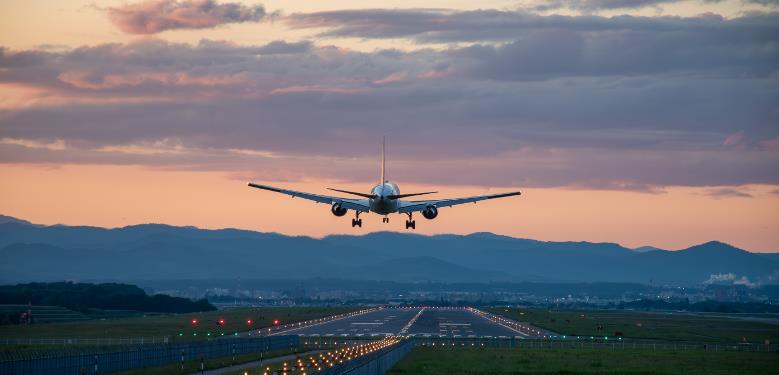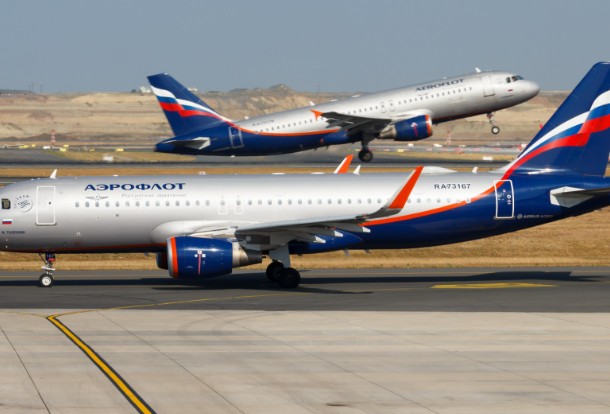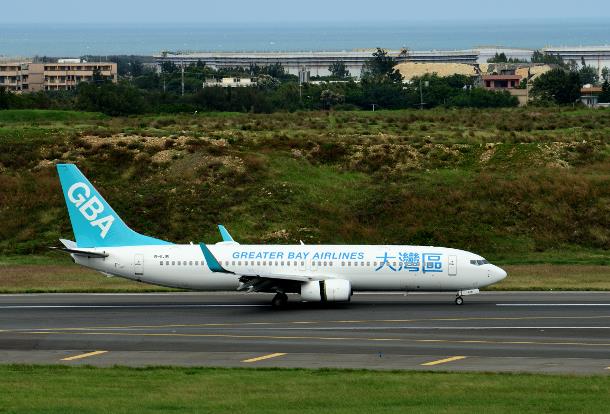
Since Donald Trump returned to the White House and ignited a trade war, U.S.-China relations have once again become highly strained—a tension that has impacted all aspects of air travel between the two countries.
Let’s examine the state of China-U.S. air routes in recent years, using data as our foundation. We’ll focus on direct flights from the Pearl River Delta (Hong Kong, Guangzhou, and Shenzhen) to the United States as a case study.
The number of available seats on direct U.S.-bound flights from the Pearl River Delta has risen from a daily average of 1,500 in Q1 2023 to 4,200 in Q4 2024. As a result:
*Median economy-class ticket prices have dropped from RMB 12,000 (about USD 1,680) in Q1 2023 to RMB 8,000 (about USD 1,120) in Q1 2025—a decline of roughly RMB 440 (about USD 62) per quarter.
*Median premium-class (business/first) ticket prices have fallen by approximately RMB 760 (about USD 106) per quarter, declining from RMB 45,000 (about USD 6,300) in Q1 2023 to RMB 43,000 (about USD 6,020) in Q1 2025.
The demand on China-U.S. air routes remains highly fragile.
This fragility is closely tied to multiple factors, one of which is the chronically low number of U.S. visas issued in China.
*In 2015, an average of 7,000 U.S. visas were issued daily.
*By 2019, this figure had dropped to 3,200 per day.
*Now, in 2025, with the first batch of 10-year U.S. visas issued to Chinese citizens in 2015 expiring, and no significant rebound in new issuances, daily issuance capacity has further declined to just 2,500.
This means roughly 4,500 people lose their eligibility to travel to the U.S. every day—while the combined daily seat capacity from Beijing and Shanghai to the U.S. stands at only 2,900.
Visa policies have worsened under the Trump administration due to staff cuts at U.S. consulates and stricter visa rules for Chinese applicants, a trend that will likely intensify.
If annual visa issuance remains capped at 500,000, the decline will sharpen dramatically: by 2029, only 4 million Chinese nationals will hold valid U.S. visas—less than half the figure from a decade ago.
This poses a severe challenge not only to China-U.S. aviation and tourism but also to China’s entire outbound travel market.




